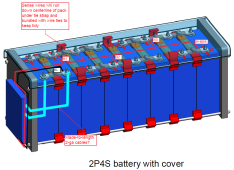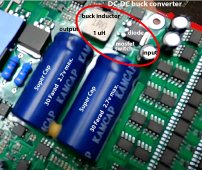hwse
Solar Enthusiast
- Joined
- Jan 2, 2021
- Messages
- 585
Is there any reason to leave the sense wires on the BMS at the full length on the wiring harness or can they be cut to length as needed to reach each cell?
My JK BMS should be here tomorrow, and I would like to cut them to length to keep the build tidy. I believe that the JK actually auto calculates the resistance of the sense wires so it should not matter.
What say you?
My JK BMS should be here tomorrow, and I would like to cut them to length to keep the build tidy. I believe that the JK actually auto calculates the resistance of the sense wires so it should not matter.
What say you?






